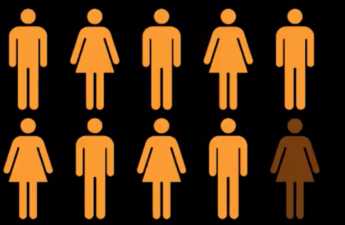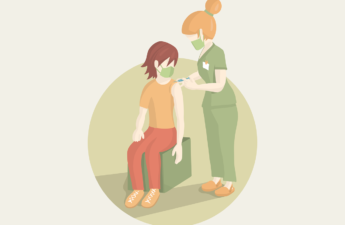
COVID-19 transmission decline slowing, rapid rise at risk without continued social distancing
James Apa, Public Health – Seattle & King County
The social distancing measures observed in King County have reduced transmission of COVID-19 to the point where cases are expected to slowly decline or plateau at current levels.
New or strengthened interventions are needed to reduce transmission further before partial relaxation of social distancing measures can be considered without substantial risks to public health, according to a new report by the Bellevue-based Institute for Disease Modeling (IDM). These findings are consistent with recent reports.
Working with Public Health – Seattle & King County and using data from the Washington State Department of Health, IDM estimates that the effective reproductive number – the number of new cases stemming from each COVID-19 infection – has declined from around 3 in early March to near 1 (95% confidence interval 0.55 to 1.33, best estimate 0.94) through April 4.
This is consistent with previous estimates since the statewide “Stay Home, Stay Healthy” order went into effect on March 23.
Projecting forward, if distancing measures were to lift starting May 1, the model predicts a rapid rise in the rate of cases that would likely exceed recent peak levels by the end of the month.
In contrast, if new strategies are added on top of current distancing measures, we could see the effective reproductive number drop further and the number of cases go down more quickly.
Until then, the report suggests, disease transmission will remain extremely sensitive to policy choices and community behavior.
The IDM report examines data through April 9 that are informative about transmission through April 4. Since that time, case counts have continued to gradually decrease in King County; a future report will analyze more recent data.
“Although we have significantly decreased the spread of COVID-19 through stay-at-home and distancing, the daily number of new cases remains unacceptably high and our community remains vulnerable to a rebound in cases that could overwhelm our healthcare system if we change course too quickly,” said Dr. Jeff Duchin, Health Officer for Public Health — Seattle & King County. “We are working hard to better understand how and where new infections are happening, which may suggest other measures that can help reduce transmission.”
“Physical distancing by avoiding non-essential contact with others remains our most powerful weapon against this virus, and will likely be needed to some extent until we have effective treatments and a vaccine. Increased testing and contact tracing will be critical for us to manage this illness in our community going forward, and which should also further reduce transmission.”
Previous reports from IDM included mobility data to measure the location-specific changes in population between day and night as an estimate of the fraction of people staying home during the day.
Because this data only roughly captures the impact of staying home and misses other behavioral factors relevant to COVID-19 transmission, it was not found to be detailed enough to be predictive of the rate of transmission in the latest report.
IDM researchers are actively investigating how to include more granular mobility data that better captures these behavioral details.
“The actions taken in King County have prevented much suffering from COVID-19, but transmission still persists,” said Dr. Mike Famulare, Principal Research Scientist at IDM. “To prevent a resurgence of infection and preventable deaths, social distancing remains necessary to keep the transmission rate low until additional measures, including testing or contact-tracing, can be significantly scaled up.”
Report link: Updated analysis of COVID-19 transmission in King County
IDM shapes global efforts to eradicate infectious diseases and to achieve permanent improvements in the health of those most in need. An institute within the Global Good Fund, IDM is a collaboration between Intellectual Ventures and Bill and Melinda Gates. IDM is contributing modeling and analytic services to local and state governments to support COVID-19 response efforts.


